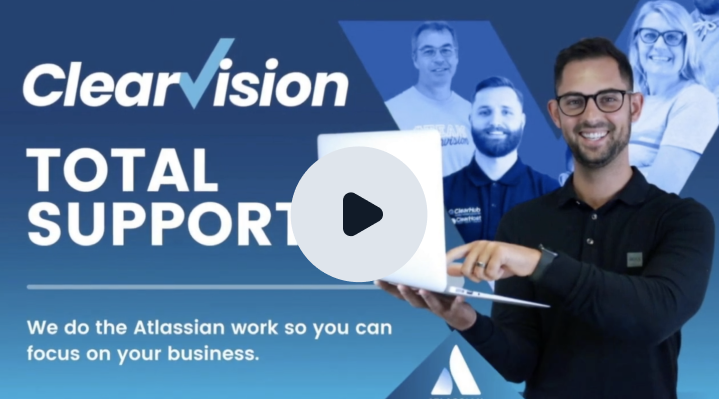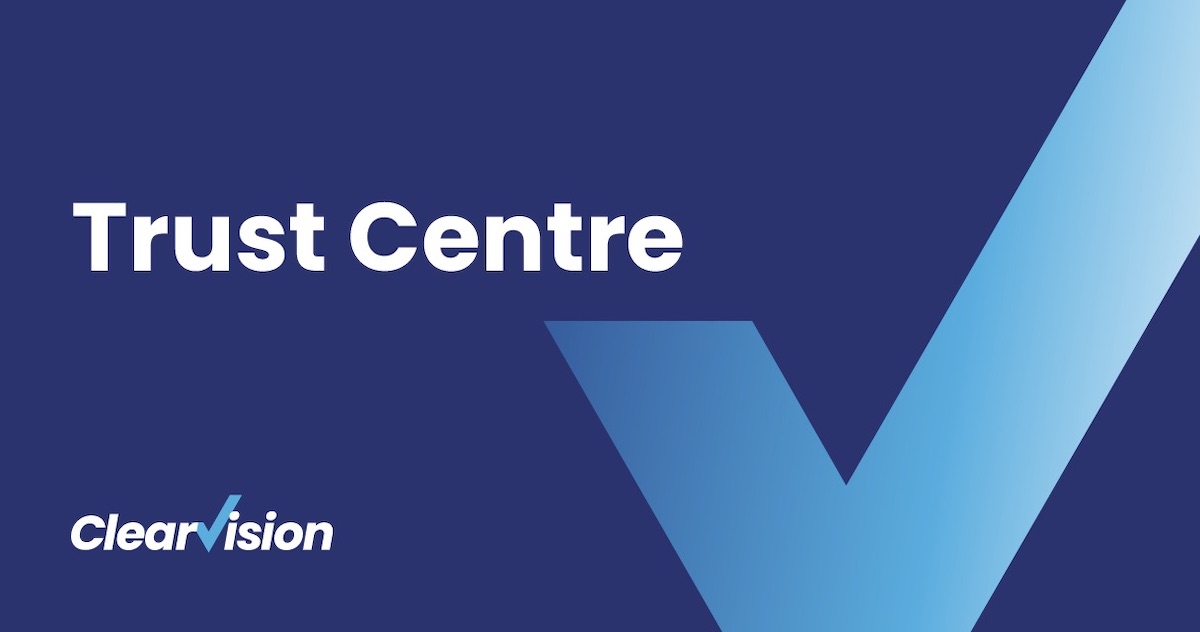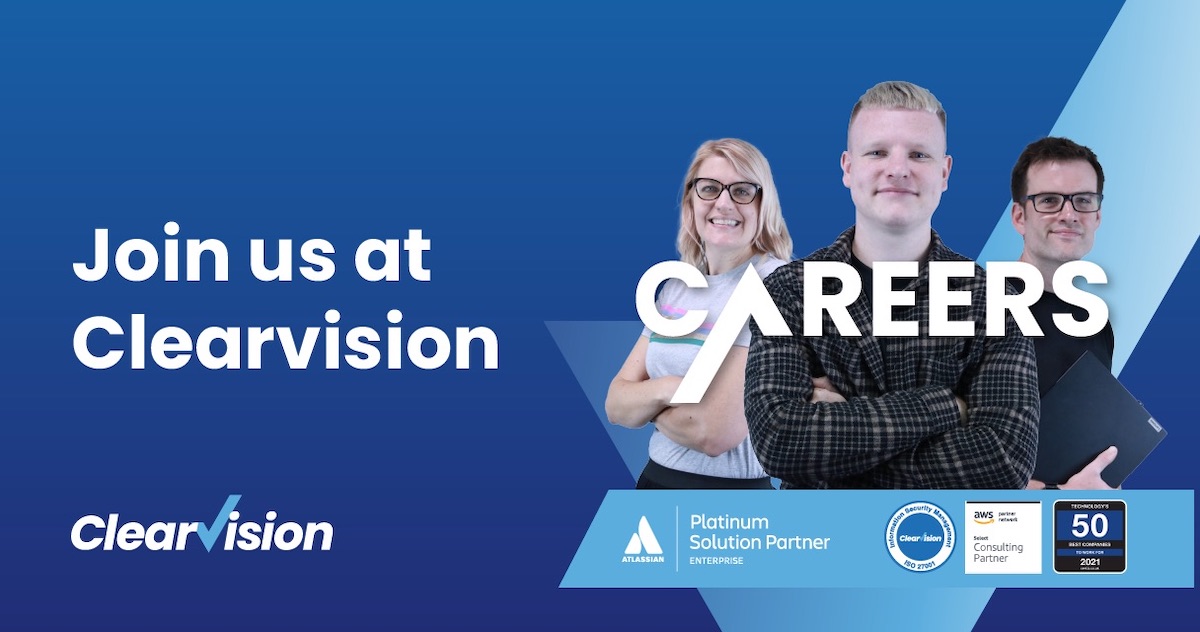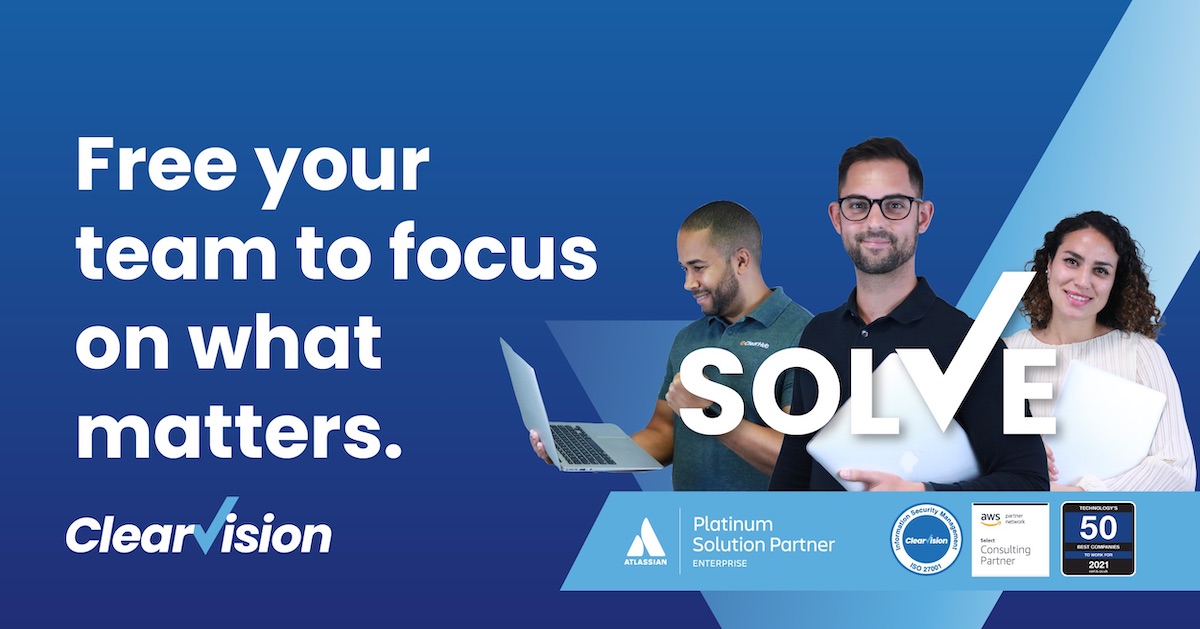What would you rather have: 10% of $100, or 90% of $20?
It may seem an easy question, but it’s just as easy to be dazzled by the $100 and miss out on really getting the most value.
When it comes to training, you run the same risk.
Lecturing is bad
You know this. We know this. Yet we all lecture anyway. Why?
Well, a lecture lets you cover the most content – and surely the more you provide, the more the students can learn. Right?
Wrong. When you look more closely, the lecture is the $100 bill. It seems like more, but everybody takes away less.
Think of a really great educational experience from your life. What do you remember about that day?
Usually when we ask this question the answers are fairly consistent. A school field trip. Your first music or dance lessons as a child. Perhaps some career training that truly inspired you. Whatever the answer, it’s never that long history lesson you sat through at 12 years old.
What makes a lesson stick with you? The answer lies in engagement. When you’re engaged, you learn more effectively; you don’t end up walking away feeling like it’s been a waste of time. (Because let’s be honest – we’ve all felt that way one time or another, right? It’s not fun and it helps no one.)
So it’s a no to lectures. What does work?
The 7 teaching methods
You might have seen this graphic before. While it’s often credited to the National Training Laboratories, Bethel, Maine, there is some debate over the true origin of the figures. But what matters most here is the unquestionably true logic behind the diagram.
For those of you who haven’t seen it before, it shows the effectiveness of 7 methods of teaching, based on the amount of knowledge retained by the learner when taught in this way.
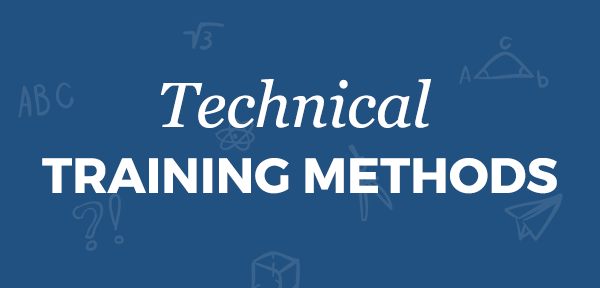
As we can see again: lectures are bad.
Participatory methods
We call it learning by doing. Try something. See what happens. Even if you know (or think you know) what’s going to happen, it’s the act of doing itself that helps you remember it later on.
Or even better, take it one step further. Once you’ve tried it, you can teach someone else to do it too – then you’ve got the process and the outcome locked down.
Go back to that positive learning experience you thought of earlier. Were you just listening? Or were you dancing, playing music, or actively participating in some other way?
We think we know the answer.
Adapting technical training: go agile, be active
Here at Clearvision, we’re experienced in training focused primarily on technical tools or processes.
So how do you teach someone the methodologies of working in an agile way using scrum? We know we can’t spread the training over 6 months to allow for the “doing” of regular stand ups, sprint planning sessions and retrospectives. And how can we give someone who has never used Git before the confidence to teach a colleague what they’ve learnt?
These are the challenges we address in the design and implementation of our training courses.
All our training is hands on: we don’t just show you how something works, we walk you through it. Throughout our courses we’ll encourage you to experiment and try things out for yourself. Participate, ask questions, contribute – we don’t want to tell you how to do something. We want you to reach your own conclusions. In our training, At the risk of someone stealing our roles, we want the students become the teachers!
All Clearvision training includes discussions, hands on experience and interactive activities, and your journey doesn’t end there. Clearvision will keep in touch after your session with tips, games and additional resources, so you can keep on learning and, most importantly, retain everything you’ve learnt so far.
For more information on how Clearvision builds its range of training courses around you, visit our training pages.
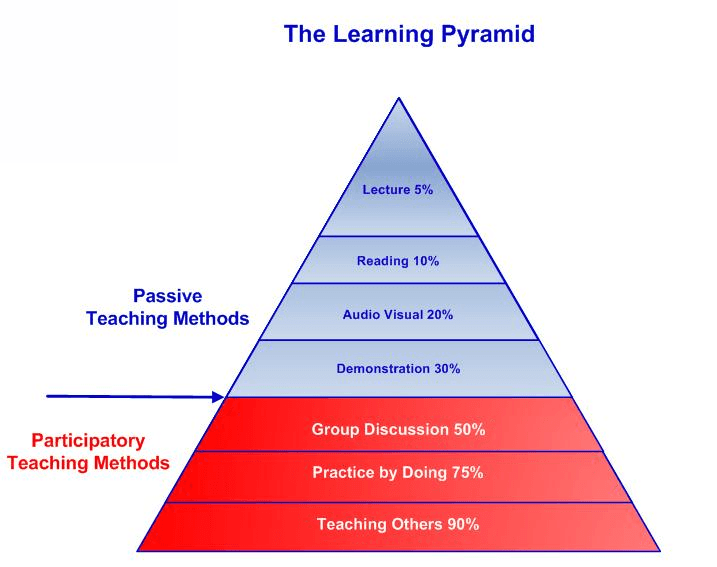
clearvisionwebmaster
Atlasssian expert resources
Visit our blog for expert news and articles from the Atlassian world. On our resources page you will find recorded webinars, white papers, podcasts, videos and more.
The Software Blog
Read our blog for articles offering best practice advice written by Atlassian experts, as well as the latest news concerning your software.
Software White Papers and Guides
Dive deep into Atlassian software with our white papers and guides on individual tools, partner products, services, and best practices, written by the experts.
Expert Webinars
All of our webinars are pre-recorded and available to watch on-demand. Enjoy everything from partner features to application demos and updates from Atlassian experts.

